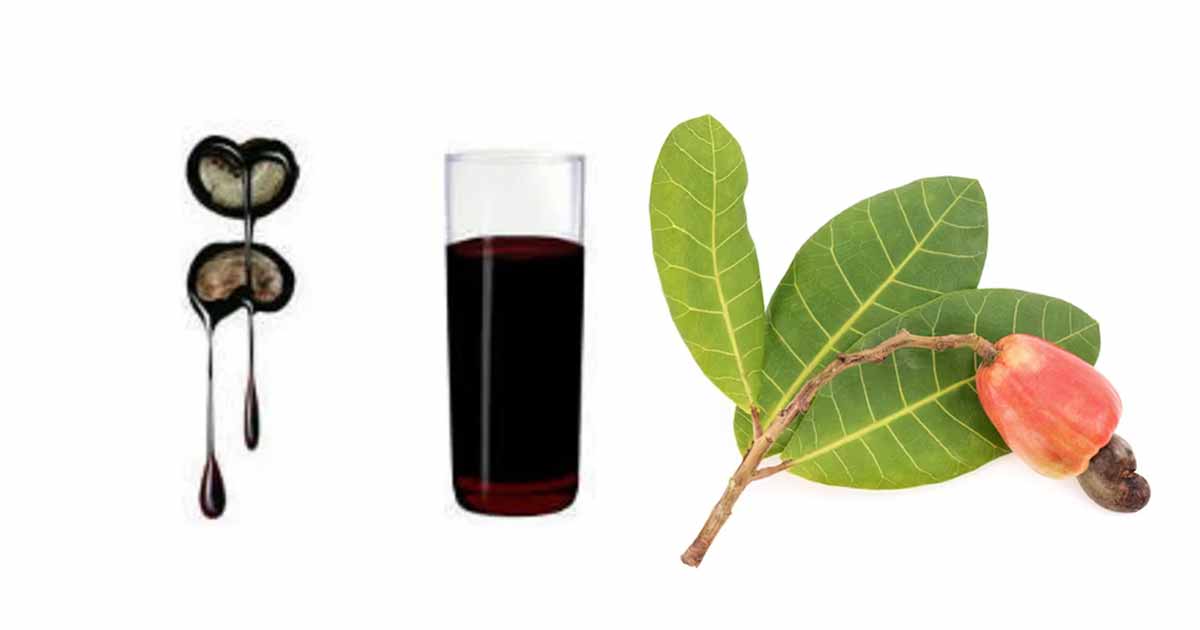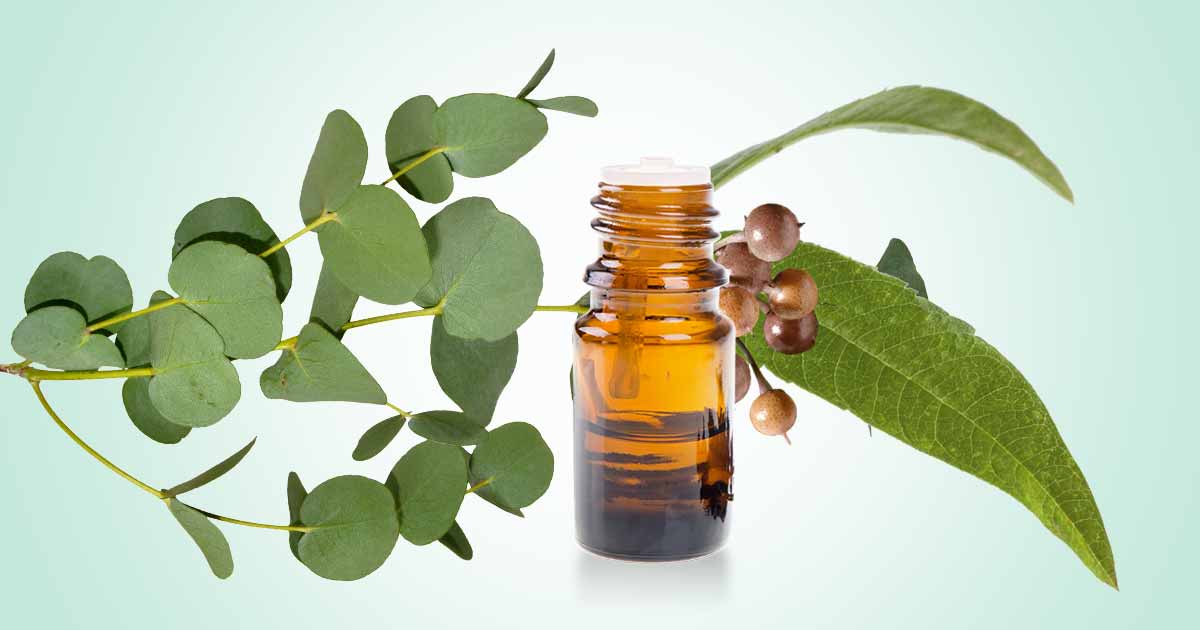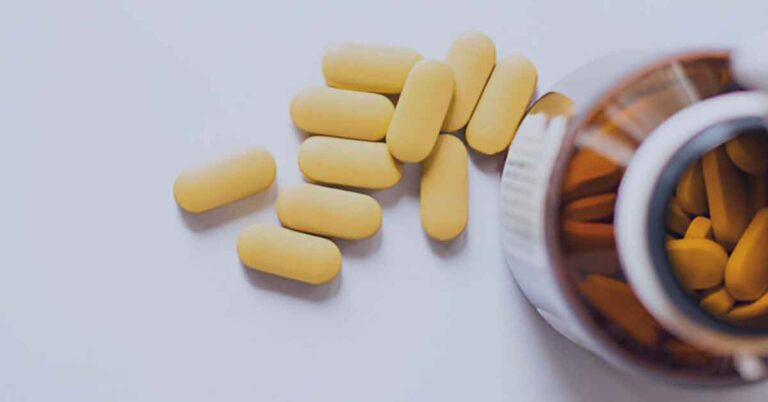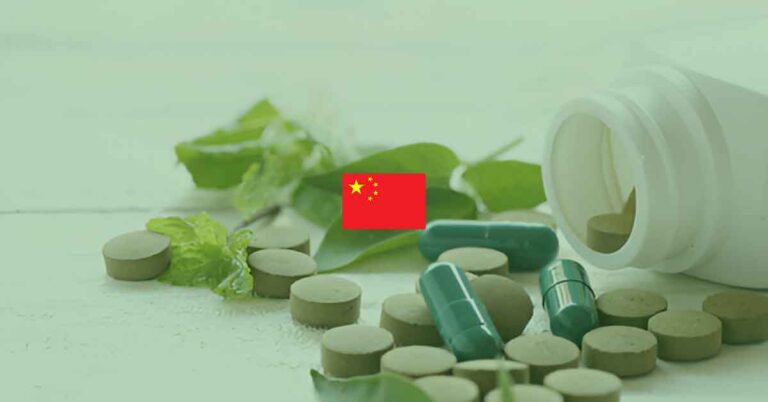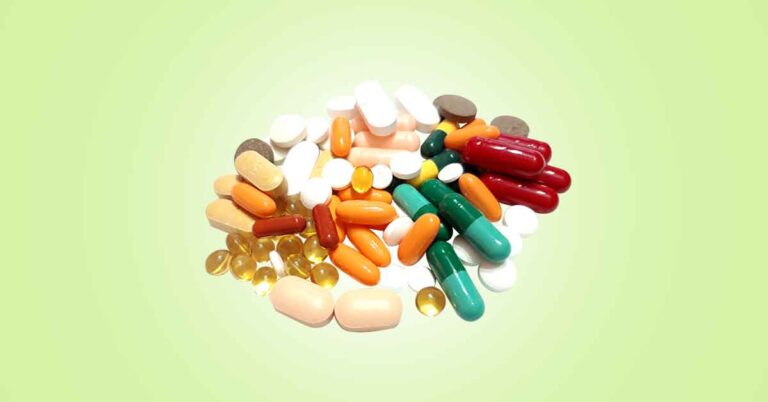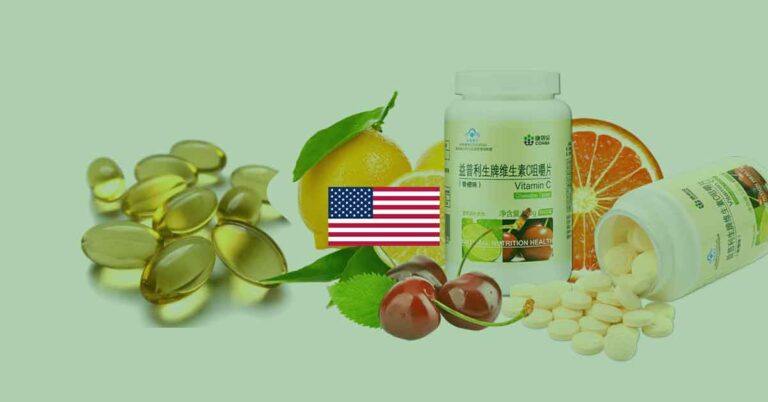Anacardium occidentale (cashew) is a plant from the Anacardium species. Though only the cashew nut and the cashew apple is edible and utilized as functional food, cashew leaf and the shell contains secondary metabolites which have medicinal values, and are utilized for various purposes.
Cashew apple has minerals, vitamins, with the vitamin C content about five times higher than the quantity in oranges, while the nut contains minerals, vitamins, a mixture of fats.
The cashew leaf have antimicrobial, antioxidant, antiulcerogenic, anticancer, and anti-inflammatory activities.
In traditional medicine, the cashew leafs and the stem barks extracts have been used to treat eczema, diarrhea, dysentery, colonic pains, genital problems, bronchitis, cough, venereal diseases, impotence, and syphilis-related skin disorders.
Cashew nutshell liquid (CNSL)
Cashew nutshell liquid (CNSL) is the viscous liquid from the mesocarp of the cashew nut pericarp. It protects the cashew against insects. It is a bye-product in the extraction of kernel from the cashew nut. Cashew nutshell liquid is now used to produce paints and varnishes, brake linings, plastics, indelible inks, industrial and decorative laminates, water proofing.
Cashew nutshell liquid has become something of a strong interest in the pharmaceutical field due to the cardanol and anacardic acid constituents. It has compounds that have health benefits, including antitumor, antimicrobial, antioxidant, antiulcerogenic, molluscicides, and antimutagenic activities. Also, there is no evidence that the nutshell liquid is harmful, genotoxic, or mutagenic to the body.
Constituents
Cashew leaf contains alkaloids, phenols, flavones, flavonols, xanthones, essential oils, tannins, saponins, chalcones, catechins, cardenolides, terpenoides.
There are also cardanol, cardol, palmitate, oleate, linoleate sitosterol, sitosterol, stigmasterol, 3-O-β-
D-galactopyranoside sitosterol, 3-O-β-D-galactopyranoside stigmasterol, and 3-O-β- D- glucopyranoside. Volatile compounds such as (E) -β-ocimene, α-copaene and δ-cadienol exists.
Cashew nutshell liquid contains anacardic acid, cardol, cardanol, methylcardol, tannins (delphinidinm cyanidin), and traces of phytosterols, triacontane.
Stem bark contains alkaloids, tannins, anacardic acids, sisterol anacardic acids (mono- and diene).
Cashew leaf and bark contains tannins. The nutshell liquid contains anacardic acids, cardanol (decarboxylated anacardic acid) and cardol. This cardanol is used to produce polymers and agricultural products.
Health Benefits of Cashew Leaf and Cashew Nutshell Liquid
Antioxidant:
Cashew leaf has lesser antioxidant property than the cashew fruit apple. However, it exhibits radical scavenging effect against free radicals due to presence of phenolic compounds, flavonoid, alkaloids, phenolic acid, tannin, anacardic acid, cardanol, and carotenoids.
Anticancer effect:
Isolated compounds from cashew leaf such as zoapatanolide A, agathisflavone, anacardicin, and methyl gallate inhibited leukemia, and HeLa cells proliferation. Also, cardanol, anacardic acid, and methyl cardol, compounds from the cashew nutshell also inhibited HeLa cells proliferation, triggered moderate mitotic block and HeLa cells apoptosis.
Anacardic acid also inhibits the proliferation of estrogen receptor alpha (ERα)-expressing breast cancer cells. The resorcinolic lipid (cardol) also prevents proliferation of cancer cells.
Anti-tyrosinase activity:
Cardol from cashew leaf extract, and other compounds such as coumarins have inhibitory activity against tyrosinase. Tyrosine are involved in melanin production. Melanogenesis inhibitors are used to whiten the skin to treat patients with pigmentation disorders, such as overproduction of melanin, and in Addison’s disease.
Cholinesterase inhibitory activity:
Constituents such as cardol, cardanol, carbachol and anacardic acids possess cholinesterase inhibitory activity (Rosenberry et al., 2008).
Dental health:
The stem bark has tannin compounds which inhibit cariogenic bacteria growth of the Streptococcus genus such as S. mitis, S. mutans, S. oralis, S. salivarius, S. sanguinis, and Streptococcus sobrinus.
These cariogenic bacteria live in biofilm and attack the dental enamel through process that convert sugar and starch to acids. The acids wash off calcium from enamel, causing dental caries.
Also, the leaf extracts of cashew inhibit Aggregatibacter actinomycetemcomitans, a bacterium that cause gingivitis.
Antifungal effect:
Cashew stem bark extract inhibits Candida tropicalis, Candida stellatoidea, C. albican, and Candida glabrata. The leaf extract also inhibits C. albicans. Constituents such as anacardic acid, and cardanol possess the antifungal activities.
Antibacterial activity:
The leaf and bark extract of cashew inhibits Escherichia coli, Staphylococcus aureus, Enterobacter species, Streptococcus pneumoniae, Corynebacterium pyogenes, Enterococcus faecalis, multiresistant S. aureus, Acinetobacter species, Pseudomonas aeruginosa, and multiresistant P. aeruginosa.
The cashew leaf extract inhibits Brevibacillus brevis, Micrococcus luteus, Staphylococcus cohnii, E. coli, and P. aeruginosa.
Anacardic acid, cardols and cardanols from the stem bark oil inhibits S. aureus, Streptococcus pyogenes, B. subtilis, while compounds isolated from the stem bark such as Pinostrobin, Pinocembrin, and 4-hydroxybenzaldehyde inhibit Salmonella dysenteriae, Salmonella typhi, S. aureus, and E. coli.
Another compound, 6-pentadecenyl salicylic acids from the cashew tree, has antibacterial activity against S. mutans.
Antidiabetic effect:
The leaf extract of cashew exhibited hypoglycaemic activity in streptozotocin induced diabetic rats at a dose of 175 mg/kg. It significantly reduced the blood glucose level by 43% in diabetic rats (Sokeng et al., 2001)
Gastroprotective effect:
The tannins from the cashew leaf extract protected against ulcer in animal studies by decreasing the gastric acid secretion.
Analgesic effect:
Dichloromethane extract of cashew leaves is reported to have an analgesic effect on rats (Onasanwo et al., 2012), while the methanol extract of cashew stem bark at 200 mg/kg dose protected mice from lipopolysaccharides induced septic shock (Olajide et al., 2004).
Wound healing:
Boiled cashew leaf extract may have wound healing effect.
Larvicidal activity:
Constituents such as cardanol, anacardic acid, and sodium anacardate is larvicidal against Aedes aegypti.
References
- https://pdfs.semanticscholar.org/04bc/d1558d53bff112aff25780179e578a8f9b2f.pdf
- https://www.frontiersin.org/articles/10.3389/fendo.2020.00295/full
- https://www.ajol.info/index.php/ajb/article/view/144433/134078
- http://celkau.in/Agrienterprises/enerprise/32.%20Value%20add%20Cashew/5.%20Cashew%20Nut%20shell%20liquid.pdf

